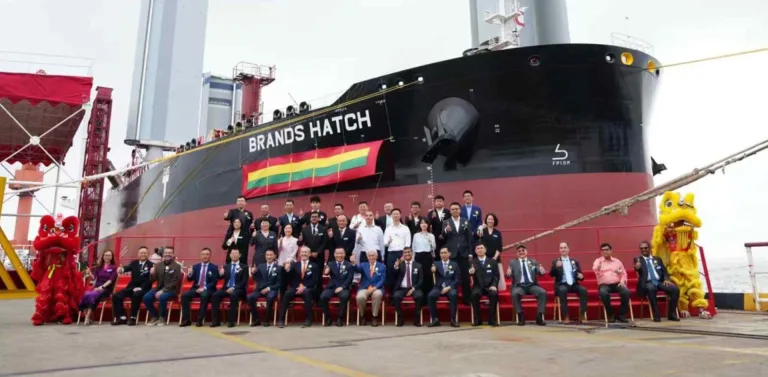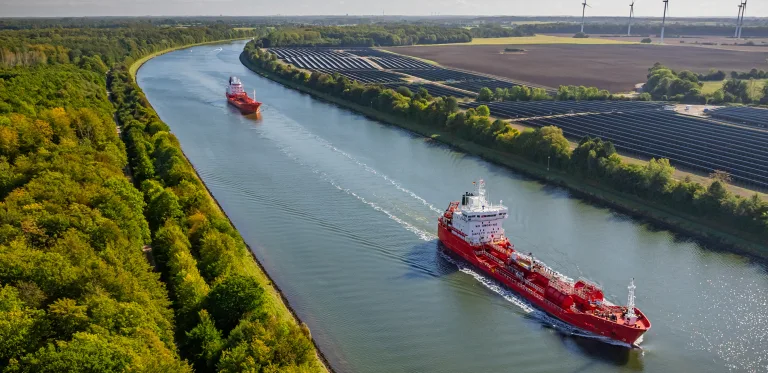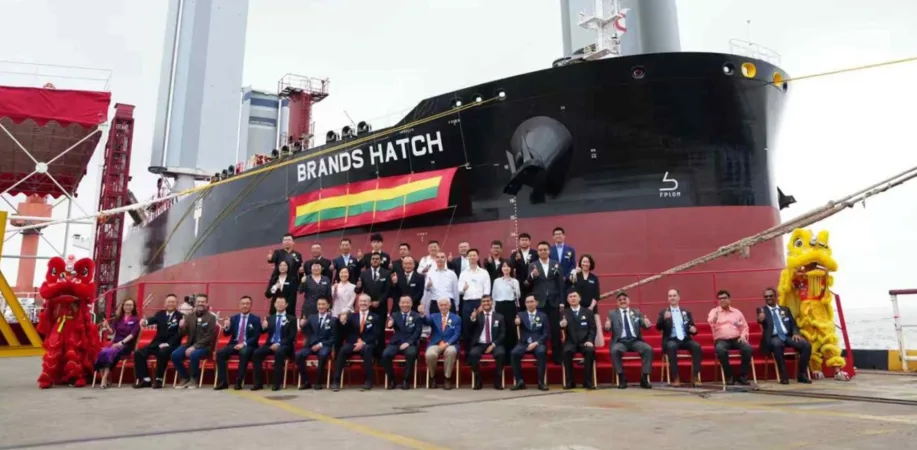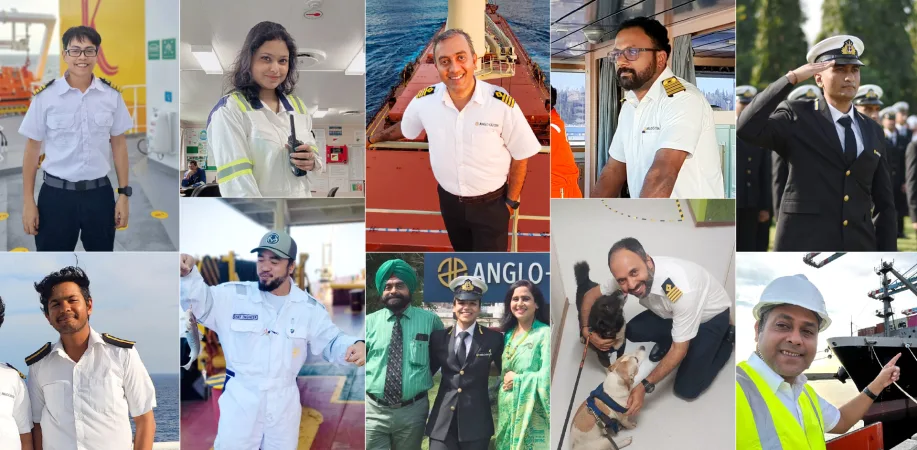
Years of focusing on safety and learning from prior incidents have helped Anglo-Eastern reduce incident rates significantly, yet incidents can and still do occur, while the rate of improvements has plateaued. So, what more can be done to take safety to the next level? The answer, writes managing director Lekshmi Salvady, may lie in what we can learn from everyday work.
Conventional safety learning is largely triggered by a serious incident, which results in an investigation, followed by a findings report, at the end of which there is the usual list of lessons learnt and recommendations to prevent a recurrence. This approach is inherently reactive and lagging. Far better would be a proactive approach, where risks can be mitigated before an incident or near miss. That is where “learning from normal work” comes into play.
Learning from normal work (LFNW) is a concept already embraced by many major companies, such as those within the International Association of Oil & Gas Producers. It is a very simple idea, yet far reaching in its potential to reduce incidents.
Every day we carry out numerous tasks, the vast majority of which are completed successfully. This leads us to the false assumption that these tasks must have been performed in adherence to the documented procedures and protocols set out for such tasks. Should an incident later occur, the tendency is to believe that something must have changed, been done differently, or was not followed.
In reality, however, the same circumstances, challenges, procedures and protocols are often present in both outcome scenarios – just that we only pay attention when things go wrong.
The concept of “work as imagined” and “work as done” – and the gap between them – is key to understanding LFNW. Work as imagined are the procedures documented in manuals, listed in checklists, and judged by risk assessments. Work as done is the reality, and often what is done does not precisely follow what is instructed or recommended.
The resulting gap, referred to as “drift” or “workarounds”, occurs because workers frequently face challenges or constraints that can interfere with how a task should be performed. For example, time pressure, improper equipment, or unexpected complications can force workers to adapt procedures to complete a task. These adaptations introduce risk, which over time may lead to a near miss or incident.
To minimise such risk, we can utilise a LFNW approach. Observing normal work and actively engaging with the people performing a task allows us to detect workarounds, assess the level of risk of these workarounds, and intervene as required – before they lead to incidents. This proactive approach recognises that zero incidents does not equate zero safety risk.
One might think that behaviour-based safety is an effective, proactive learning tool to fix certain issues, particularly those stemming from workers. But it is essential to note that the behaviour of workers is often influenced by a host of external factors. At the end of the day, people adapt their behaviours to work around difficulties and constraints to get the job done.
One real-life example of “drift” from a managed vessel was discovered following the installation of a ballast water treatment system (BWTS). During routine maintenance, the crew were observed to be engaging in dangerous acts due to an oversight of the BWTS installation to account for proper crew access. There was no choice but for the seafarers to improvise! In the end, a ladder and platform were installed to provide safe and easy access.
The above is a basic introduction to the concept of LFNW and the premise that we do not need to wait for incidents to occur in order to learn and improve. Once we adopt this proactive mindset, we can start bringing it into practical use. The first step is to make everyone aware of LFNW, so that they can apply it to their daily work – or their normal work, if you will.
Another reason to learn from normal work is greater transparency. Often, people are more willing to speak freely and candidly about the issues they face on the job in normal times, as opposed to after an incident or in the midst of an investigation. Some useful questions to consider when engaging with workers include:
- What challenges and constraints do you face?
- How have you adapted to work around these difficulties?
- What do you require to make the task safer?
- What can be done to improve the job process?
The conventional approach is to mark workarounds as a finding against the worker, rather than questioning why it was done in the first place. In addition to understanding the reasons for such divergences through meaningful engagement with workers, we could all benefit by applying common sense to determine what is an acceptable degree of drift that still ensures compliance and align procedures accordingly.
I am thankful to Dr Marcin Nazuruk who briefed me on this concept and is leading LFNW efforts across the industry to take shipping’s safety culture to the next level. It is time for us at Anglo-Eastern to also embark on this journey towards a proactive “stronger together, learning together” culture.









